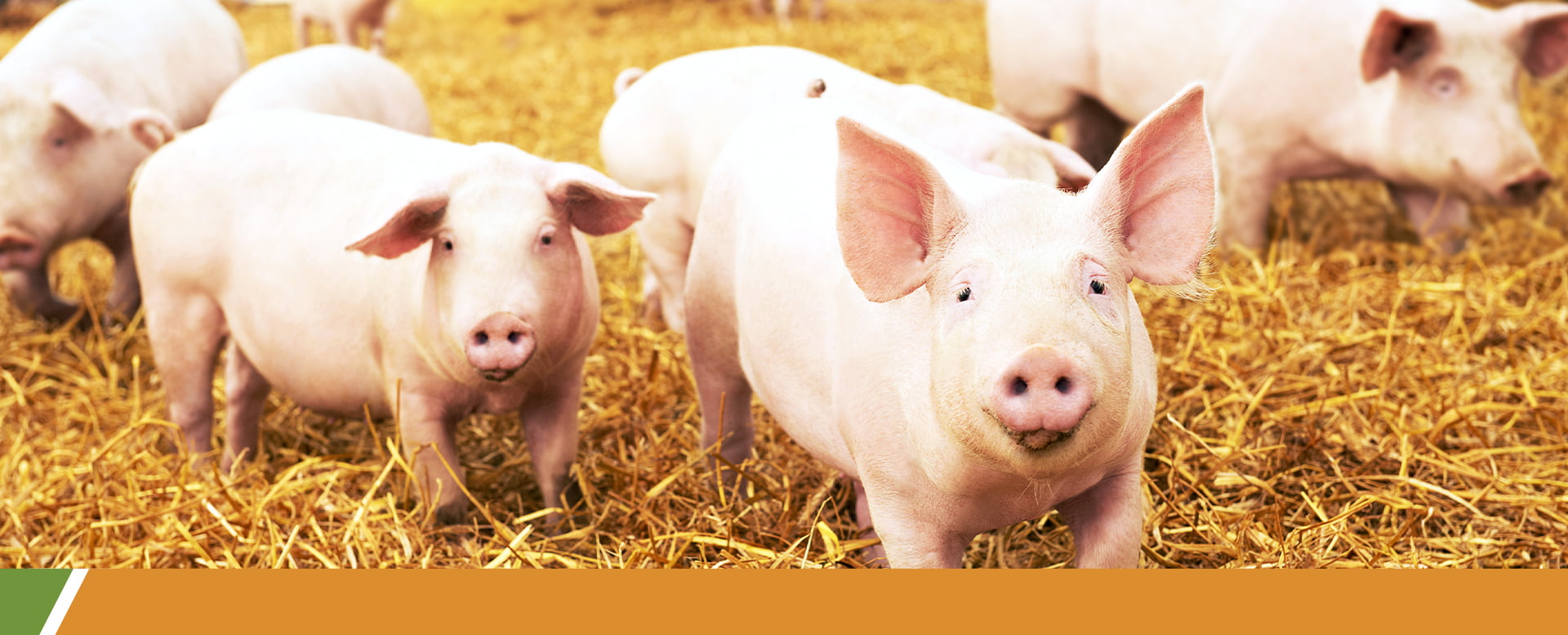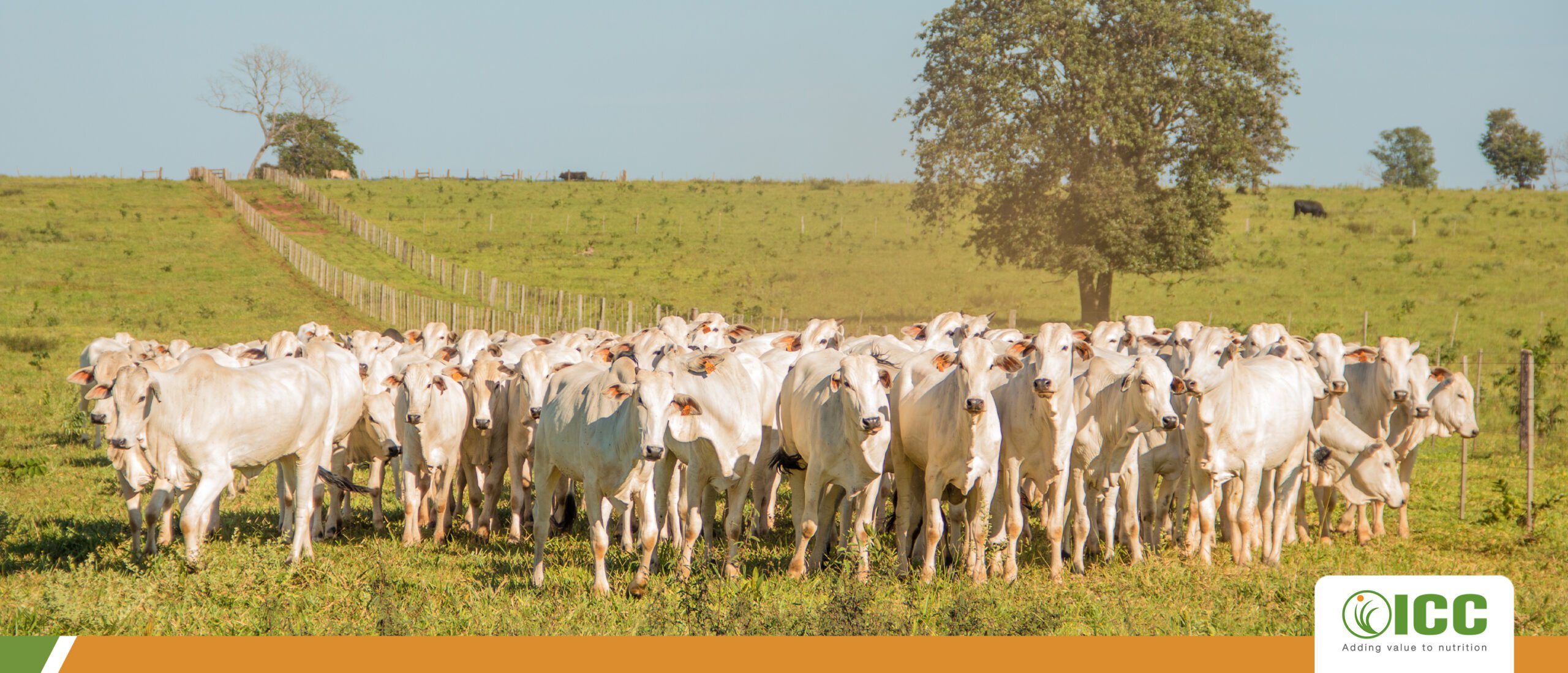Antibiotic-free Nutritional Management
Steve Blezinger for the Progressive Dairy magazine, published on August 6, 2019
Since January 2017, the FDA (a federal agency of the United States Department of Health and Human Services) has implemented more rigorous regulation regarding antibiotics commonly used in the animal food industry. Cattle and poultry producers have been accused of excessively using antibiotics, especially those which stimulate growth intending to advance feed efficiency and profitability.
The antibiotics that are most concerning to the medical community and consumers are considered clinically crucial for human use. We can see how various infectious agents that affect humans have grown more resistant to the types of antibiotics being commonly used for human treatment for years.
Animal-to-human bacterial transmission (in this case, antibiotic-resistant bacteria) is extremely complex. The most likely cause of this issue could be the excessive prescriptions made by doctors and the poor administration of medicine by the patients. In any case, cattle and poultry industries are being pressured into reducing (or eliminating) the use of antibiotic growth promoters in animal feed.
Despite the focus initially being on antibiotics administered through the feed, namely those used to stimulate growth, the discussion has now expanded into the use of injectable antibiotics with therapeutic objectives, which is mainly due to the lack of consumer understanding when it comes to the fundamentals of animal health management. The demand for organic and antibiotic-free foodstuff has become a growing trend.
Fortunately, their usage in animal feed over the past few years has been minimal. The use of antibiotics, such as chlortetracycline, has been prevalent in calf-rearing programs to tackle diarrhea and respiratory problems. The use of others, such as Rumensin, has become considerably commonplace. However, despite Rumensin (sodium monensin) technically being an antibiotic, it has not been subjected to much scrutiny for not being a medicine considered suitable for humans and is preferably used only to improve the efficiency of feed and not as a growth promoter.
Minimizing the use of antibiotics on the farm
The majority of farms I have worked with over the years have always been preoccupied with minimizing their use of antibiotics to reduce costs at the very least. While primary data of the effectiveness of these products have been available for years, it is possible for additional costs to be considered, and these cannot always be estimated. Furthermore, the prices of other injectable therapeutic medicines have similarly gone up in recent years. If there is a chance of ultimately reducing the use of antibiotics with cattle, without jeopardizing the health or wellbeing of the animal, this should be considered. It would help to improve the perception of farming practices in the eyes of the consumer and potentially reduce costs.
That said, producers should work in conjunction with veterinarians, nutritionists and farm staff to put together a viable plan that aims to reduce the use of antibiotics. This reduction will not happen overnight, especially if the farm has a high dependency on such tools, which tends to be the case. Secondly, implementing a program of this nature involves different steps as changes are needed in various areas of farm management.
One significant aspect of the antibiotic reduction plan is the nutrition program. Years of research and numerous studies have been conducted in connection with animal health and nutrition. We have developed nutrition programs that aim to cover several different bases. Mostly, the nutrition program is designed to aid the profitability of production, components, and reproduction. Animal health is an equally vital factor to consider once the nutrition program has been designed and implemented. Here we review several measures to be adopted in order to support animal health with a view to reducing the use of antibiotics on the farm:
- Essential and healthy nutrition. While this might seem obvious and incredibly simple, it can be challenging to maintain an appropriately balanced and stable nutrition program, especially given the economic climate of agriculture in the past few years. Striking a suitable balance of providing animals with nutrients is not as simple as it sounds, in particular, when not a penny can be wasted. It is important to remember that the dry matter intake (DMI), the balance of protein and energy, adequate fiber levels, vitamins and minerals, and overall digestibility of the feed are all significant factors for production and reproduction and animal health and wellbeing.
- Offer suitable diets for transitions, stages of production, genetics, age/parity, environment, and stress levels. All these other factors affect the nutritional requirements of the animal and should be taken into consideration. The more precise the feeding of the animals, the better the support for production, reproduction, and health (PRH) will be.
- Combine and offer feed in the most precise way possible.
- Appropriately adjust the feed when ingredients change (especially fodder).
- Ample supply of clean and freshwater is indispensable and should not be underestimated under any circumstances.
- Reduce stress as much as possible. This can be achieved by:
- a) Ensuring that there are beds and other places for sufficient rest and avoiding overcrowding.
- b) Ensuring that there is adequate space in the troughs.
- c) Taking steps to reduce temperature-induced stress.
- d) Monitoring leg and hoof health. When necessary, hoof trimming can be performed using footbaths, etc.
- Maintain overall hygiene on the farm. This includes all areas: pens, milking parlors and food stores, etc.
- Monitor mycotoxins. The mycotoxins are immunosuppressants that are found practically everywhere. Provide an excellent broad-range toxin adsorbent.
- Consider the possibility of providing scientifically-proven additives that improve the performance of cow and/or calf health.
Several additives and products that positively affect animal health and performance have already been identified. These include yeast and yeast cell wall products, various direct feeding microbial products, essential oils (plant extracts), mycotoxin adsorbents, enzyme sources, etc. In many cases, the main effect of food additives of this nature is to help reduce stress. It is important to note that stress is known to suppress immunity, so actions to reduce it will help maintain the animal’s overall health and performance.
There is an unlimited amount of product/additive combinations that can work synergistically to improve the health and performance of the animals and potentially reduce or eliminate the need to add certain medications to the feed. In order to obtain the proper combination of additives or the use of single additives, as well as general feed management protocols, some research and trial and error are required to establish them across all productions line.
No farm is the same, so they all need their own individually designed programs. Make sure that everything being used has a specific purpose and is based on accurate data. Each component has a cost, which must be identified and economically proven. There must also be a positive return on investment.
Conclusions
The pressure suffered by cattle ranchers and poultry farmers to reduce the use of antibiotics has come to stay. While in some cases, this can make life and farm management more difficult; in other cases, it forces farmers to become better managers. Elements that help improve management (and hopefully profits) should be seen as a decisive factor that sets them in the right direction.
Dr. Steve Blezinger is a management and nutrition consultant in Sulphur Springs, Texas. Article published in the “Progressive Dairy” magazine.
Posted in 11 August of 2020


